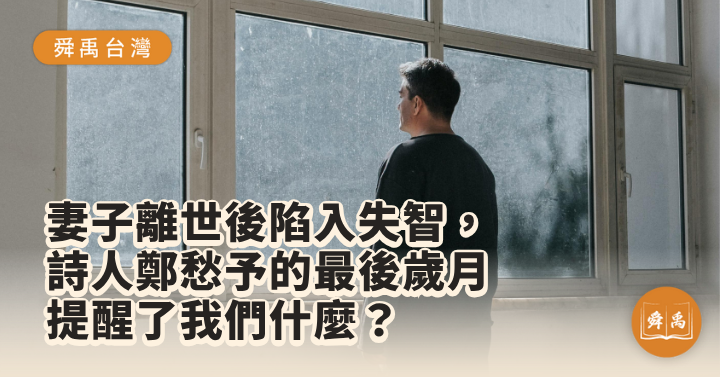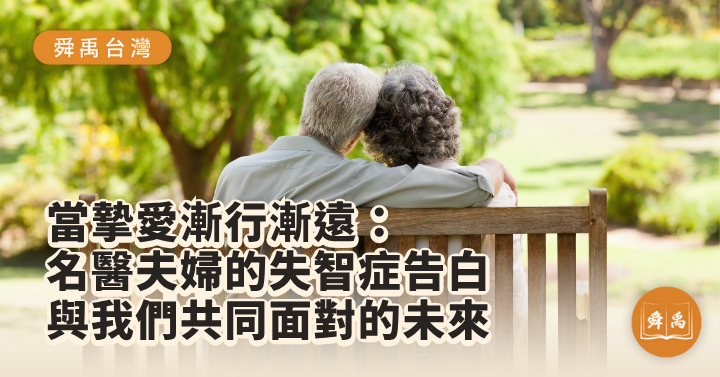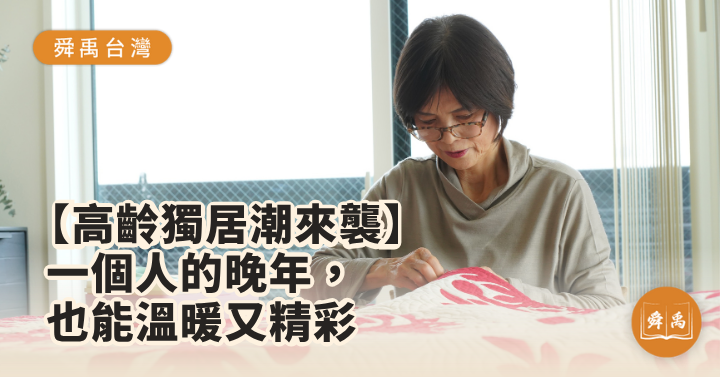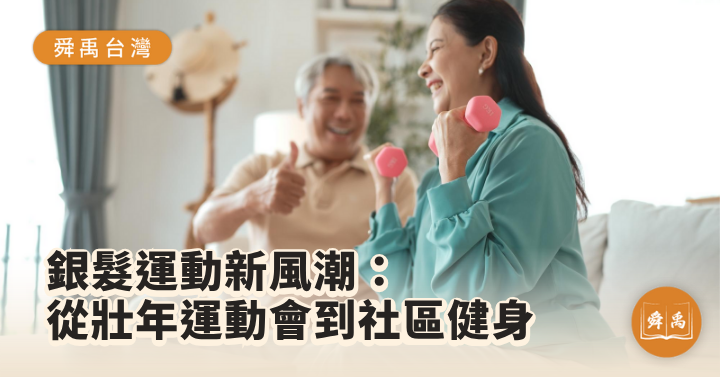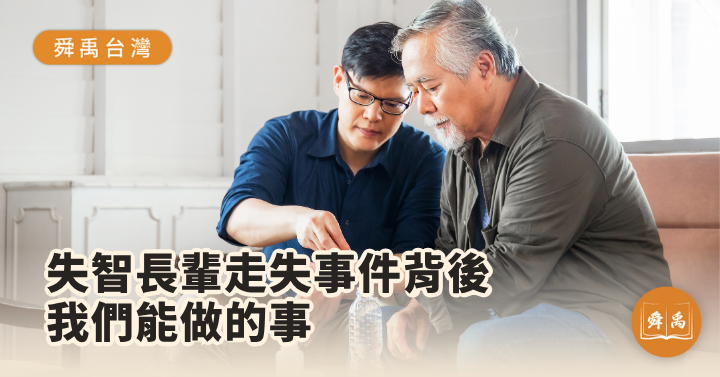「租不進去」的獨居長者!租屋市場的隱形高牆
最近媒體報導強調,許多獨居長者租屋難度高:房東擔心長者生病、雜物堆積,甚至憂慮「孤獨死」後難處理,桃園列冊獨居長者達約4,300人,但租屋門檻仍然高。房東拒租或開價過高,讓長者租屋成為看得見的問題與壓力。
台灣獨居長者租屋困境的現況與影響
人口規模:截至2023年6月,全台獨居人口約97.7萬人,約佔老年人口四分之一。 對個人/家庭的影響:長者租屋受限,造成生活圈縮小、身心焦慮;子女需協調照護,家庭負擔加重。 對社會的影響:孤老租屋困境可能導致公共安全事件、孤獨死問題;房東避險心態與政策不足加劇社會資源壓力。
現行社會福利與解方有哪些?
1. 政府推動社宅與租金補貼:社宅設置長者保留戶、租金補貼方案等。
2. 地方創新方案如「安居×愛心房東」:社工媒合房東,提供租金保證與定期訪視。
3. 青銀共居模式:長者與年輕人互補入住,共築互助居住環境。
財團法人崔媽媽基金會:打破租屋高牆的重要力量
崔媽媽基金會自1989年成立,致力於弱勢居住扶助,目前是台灣推動租屋權益的重要組織。 服務與功能:
- 弱勢租屋媒合:提供租屋資訊、陪同看屋、簽約支援。
- 友善二房東計畫:與房東合作募屋,再轉租給長者,提供租金保障與緊急救援系統。
- 租賃法律諮詢:免費法律服務、租約審查、糾紛調解。
- 搬遷支援:補助搬家費用、協助裝拆與搬遷流程。 基金會成功協調社工與房東,創造長者可入住的機會,讓居住不再是弱勢的壓力來源。
居住是人生第一要件,讓長者「住得安心」
住房困難不是小問題,對獨居長者而言,安心租屋關係到自立與尊嚴。 建議:
- 政府強化社宅與風險保障制度;
- 社福機構推動友善二房東與青銀共居模式;
- 社區與公私協力,是解方的關鍵。 如您或家中長輩有租屋困難,可透過舜禹學堂諮詢轉介服務,協助申請崔媽媽基金會資源與法律協助。
分享你看到的居住困境,或告訴我們:你的家鄉是否該設立「友善老屋源」?留言一起討論吧!
